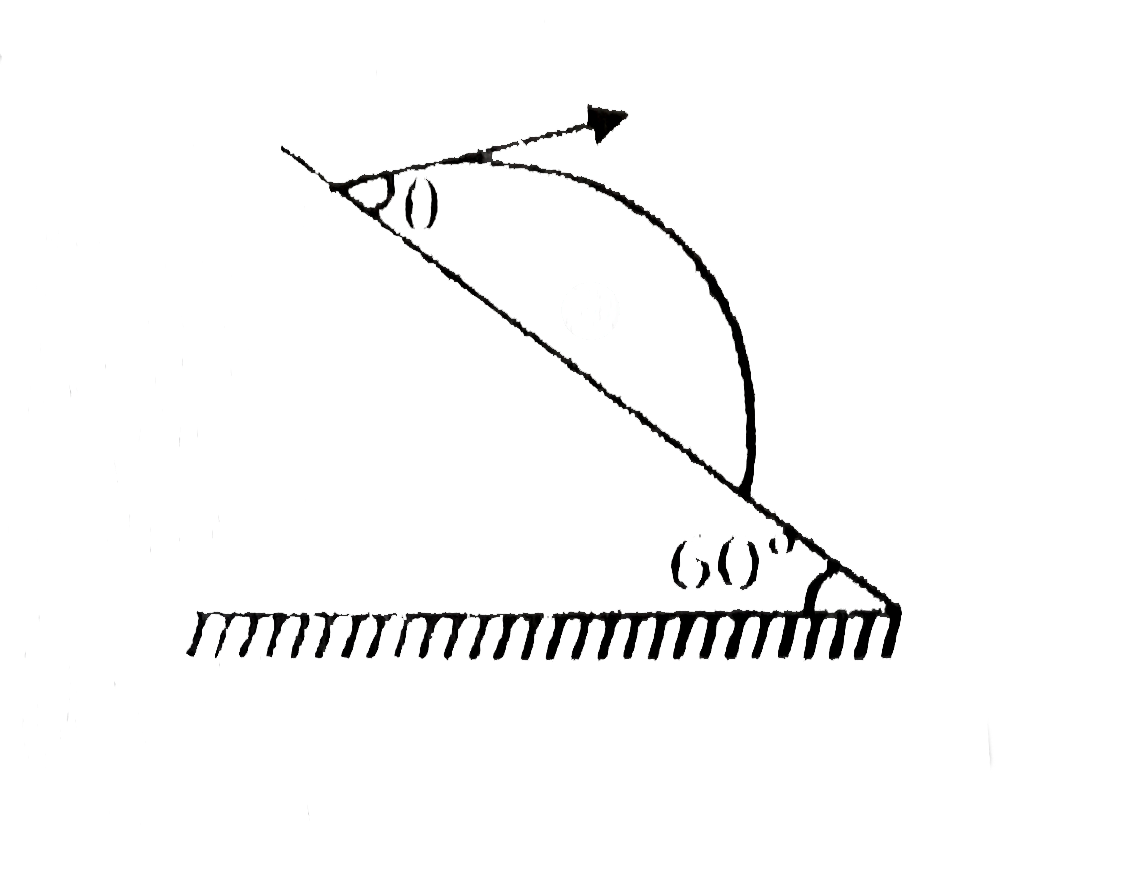Text Solution
Verified by Experts
The correct Answer is:
|
Topper's Solved these Questions
MOTION IN A PALNE
ALLEN |Exercise EXERCISE-03|6 VideosView PlaylistMOTION IN A PALNE
ALLEN |Exercise Assertion-Reason|20 VideosView PlaylistMOTION IN A PALNE
ALLEN |Exercise SOLVED EXAMPLE|28 VideosView PlaylistKINEMATICS-2D
ALLEN |Exercise Exercise (O-2)|47 VideosView PlaylistNEWTON'S LAWS OF MOTION & FRICTION
ALLEN |Exercise EXERCISE (JA)|4 VideosView Playlist
Similar Questions
Explore conceptually related problems
Knowledge Check
Similar Questions
Explore conceptually related problems
ALLEN -MOTION IN A PALNE-EXERCISE-02
- The distance x of a particle moving in one dimensions, under the actio...
02:06
|
Playing Now - The displacment of a particle is represented by the following equation...
01:36
|
Play - The velocity of a particle is given by v=(4t^(2)-4t+5)m//s where t is ...
01:41
|
Play - A body is moving according to the equation x=at+bt^(2)-ct^(3). Then it...
01:24
|
Play - In a straight line motion the distance travelled is proportional to th...
01:21
|
Play - A particle travels 10m in first 5 sec and 10 m in next 3 sec. Assuming...
03:15
|
Play - A boat which has a speed of 5 km per hour in still water crosses a riv...
01:51
|
Play - A motorcylcle is moving with a velocity 80km/hr ahead of a car moving ...
01:18
|
Play - The motion of a particle is described by the equation x = a+bt^(2) whe...
01:58
|
Play - The motion of a particle is described by the equation x = at^(2)+bt^(3...
02:12
|
Play - Initially a body is at rest. If its acceleration is 5ms^(-2) then the ...
02:08
|
Play - A balloon starts rising from the ground with an acceleration of 1.25ms...
01:51
|
Play - A body is thrown vertically upwards. If air resistance is to be taken ...
01:15
|
Play - A particle moves in east direction with 15m/sec for 2 sec then moves i...
02:08
|
Play - A 210 meter long train is moving due north at a of 25 m/s. a small bir...
01:25
|
Play - A force vecF=6t^(2)hati+4thatj is acting on a particle of mass 3 kg th...
03:50
|
Play - Starting from rest, the acceleration of a particle is a=2(t-1). The ve...
01:46
|
Play - Three different objects of masses m(1) , m(2) and m(2) are allowed to ...
01:42
|
Play - A ball is thrown upwards . Its height varies with time as shown in fig...
02:31
|
Play - A man walks on a straight road form his home to a market 2.5 km away w...
01:37
|
Play
